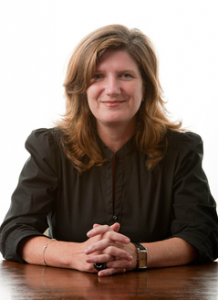Fiona Fox, the chief executive and founder of the UK Science Media Centre, recently spent a day with Nature reporter Ewen Callaway recently and the resulting feature is a good insight into the SMC that kicked off a global collective of likeminded organisations that collaborate extensively.

The piece follows a series that ran in Columbia Journalism Review and which featured a wide range of perspectives on the SMCs, including from NZ Science Media Centre manager Peter Griffin.
The Knight Science Tracker also chipped in with an article looking at the prospects for a US Science Media Centre.
The Science Media Centres, which exist in the UK, Australia, Canada and Japan were also the subject of a panel discussion at the recent World Conference of Science Journalists held in Helsinki.
An excerpt from Nature (read in full here):
“The centre’s aim is to get scientific voices into media coverage and policy debates – and by doing so, to improve the accuracy with which science is presented to the public. It tries to do this by providing select journalists with a steady flow of quotes and information from its database of about 3,000 scientists, and by organizing around 100 press briefings a year. ‘Our philosophy is we’ll get the media to do science better when scientists do the media better,’ says Fox.
“All this means that when science makes the news in the United Kingdom, the SMC has often played a part. Scientists adore it, for getting their voices heard. And many journalists appreciate how the non-profit organization provides accurate and authoritative material on deadline. But Fox and the SMC have also attracted some vehement critics, who say that they foster uncritical media coverage by spoon-feeding information to reporters, that they promote science too aggressively – the SMC has been called ‘science’s PR agency’ – and that they sometimes advance the views of industry.
“Regardless, the SMC model is now spreading around the world, with the latest franchise slated to open in the United States around 2016. The centres are all run independently, but they abide by a unified charter crafted by Fox. This means that Fox is about to take her message to a much wider audience. “I think there are problems with her reach,” says Connie St Louis, director of the science-journalism course at City University London and one of Fox’s loudest critics. ‘She’s becoming one of the most powerful people in science.'”